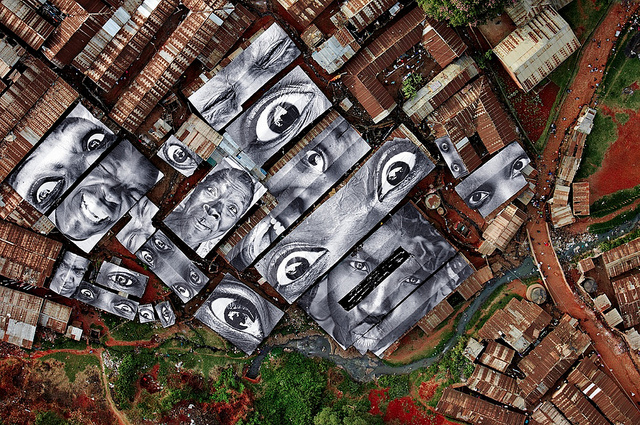In a world where you can make phone calls from your watch and donate rice to the hungry by knowing vocabulary words, it's easier than ever to make a difference. Sometimes it can seem like all doom and gloom - sea levels are rising, the United States faced a record number of "megadisasters" in 2017, and temperatures in Jacksonville, FL were colder than those in Anchorage, AK. The good news, is that technology gives us the chance to help the world without having to un-bundle from blankets, dig out from under snow, or even take a shower (it's not too good to be true, promise).
One of the environmental challenges facing communities across Africa is the threat of flooding. Lots of communities are built along rivers, relying on the water source for agriculture, transportation, and drinking water. This is great - until a flood occurs. Many of these communities are very isolated, and do not have strong emergency response plans in the event of a flood. Flooding devastates towns, displaces populations, destroys agriculture, and spreads dangerous diseases. Until recently, it was very difficult to create strong emergency plans - and to even know which communities were most vulnerable.

YouthMappers has teamed up with The George Washington University, the World Bank, and the Red Cross to help communities better prepare for floods! Using satellite data, volunteers across the world can go online, and help generate data for international organizations trying to help. The World Bank and The Red Cross are already using this data to help them target their interventions.
...continue reading "Tackling Africa’s Floods – A Call for Mappers! | Bridget Smith; Michael Mann"






